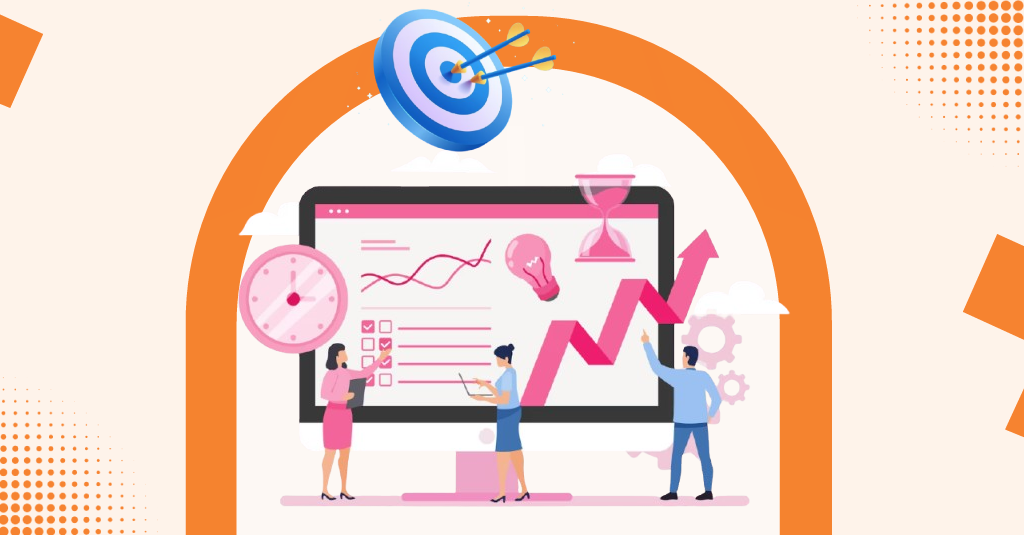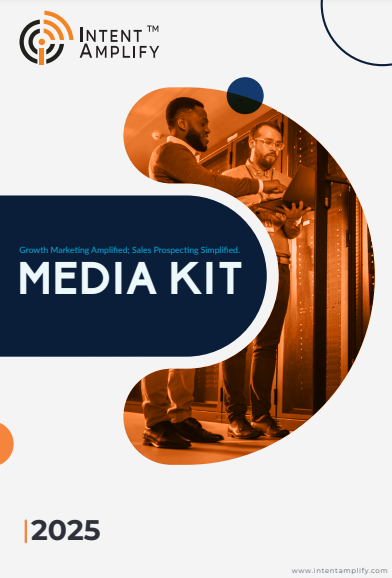
BANT vs CHAMP vs MEDDIC: Which Lead Scoring Framework Works for Your B2B Sales Team?
- Last updated on: June 25, 2025
Ever feel like you’re drowning in leads, but not closing nearly enough of them? You’re not alone. In B2B sales, it’s easy to chase noise. The real win? Figuring out which leads are worth your team’s energy and doing it before they get buried in endless calls, demos, and follow-ups. This is precisely the point where strategic frameworks such as BANT, CHAMP, and MEDDIC become invaluable in filtering and focusing sales efforts. They’re not just industry jargon; they’re how top-performing sales teams separate real opportunities from distractions.
But if you’re wondering which one is right for us, you’re asking the right question.
Let’s walk through each framework in plain English and help you figure out which fits your sales motion best.
Why These Frameworks Still Matter in 2025
Imagine them as your internal compass for your sales team. You’re selling enterprise security or marketing automation, but the objective is the same:
Don’t waste your time on nowhere leads.
These frameworks provide frameworks for your discovery calls, CRM tagging, forecasting, and coaching. They allow reps to ask the right questions early so you don’t waste 30 days pursuing a “maybe” that was never going to be a yes.
And with the way buyer behavior is changing, structure is more important than ever.
B2B buyers today spend just 17% of their entire buying process in face-to-face meetings with prospective suppliers, per a Gartner study. The remaining? Solo research. Internal alignment. Peer reviews.
You get one shot, so make it count.
1. BANT: Old School, But Still Useful
BANT stands for:
- Budget
- Authority
- Need
- Timeline
It’s one of the earliest lead scoring models created by IBM, and it’s still alive and kicking in many fast-paced sales organizations today.
When BANT Makes Sense:
Let’s say you’re selling a SaaS tool with a short sales cycle. Maybe your reps close in two to three calls. You want to know:
- Can they afford us?
- Is this the decision-maker?
- Do they need this now?
If the answer is yes, your rep keeps going. If not, move on.
Simple.
But Here’s the Catch:
B2B buyers don’t always know their budget upfront. They explore first, then decide later. And if your rep disqualifies too soon, you might miss a future deal that just needed nurturing.
A Gartner study says buyers only spend 17% of their total time talking to vendors. You want your reps to make that 17% count.
2. CHAMP: Focus on the Problem, Not the Price
Next up: CHAMP. It stands for:
- Challenges
- Authority
- Money
- Prioritization
This one flips BANT on its head. Instead of starting with the budget, it starts with the buyer’s pain point what problem are they trying to solve?
And that’s a big shift. Because in 2025, buyers don’t want to be sold to. They want partners who understand their business.
CHAMP Is Great For:
Mid-market deals. Solution selling. Teams that lead with value first and guide buyers to a decision.
Instead of asking “What’s your budget?”, you ask,
“What’s not working for you right now?”
“How is that slowing your team down?”
“What happens if nothing changes?”
Now you’re having a real conversation not just checking boxes.
A cybersecurity leader I recently interviewed put it best: “We don’t mind being sold to, but we expect vendors to come prepared. Understand our pressure points before you pitch.”
That’s CHAMP in action.
3. MEDDIC: The Heavy-Duty Model for Big Deals
Let’s be real some deals are complex. Multiple decision-makers, six-month cycles, layers of procurement. You’re not closing these with a few friendly emails.
You need MEDDIC.
It stands for:
- Metrics
- Economic Buyer
- Decision Criteria
- Decision Process
- Identify Pain
- Champion
This isn’t your lightweight lead scoring model. It’s more like a full diagnostic process. MEDDIC helps you understand not just if the buyer is qualified, but how the entire deal will play out.
You’ll know:
- What results does the buyer want
- Who holds the real power
? - What does their internal approval process look like
- Who inside the company is cheering for you
According to Cognism’s 2024 report, sales teams using MEDDIC closed 25% more enterprise deals over $100K. That’s not theory – it’s ROI.
Ideal For:
Enterprise tech. Multi-stakeholder B2B. Deals where “checking in” won’t cut it, you need insight, timing, and a roadmap.
So… Which One Should You Use?
Here’s the honest answer: It depends.
And that’s not a cop-out, it’s reality.
Each framework has its sweet spot:
| Framework | Best For | Sales Cycle | You’ll Love It If… |
| BANT | Inbound or quick deals | Short | You want a fast, simple qualification |
| CHAMP | Mid-market solution selling | Medium | You lead with value and empathy |
| MEDDIC | Enterprise, high-stakes sales | Long | You thrive on strategy and visibility |
And if your sales team spans all three types of deals? Combine them. Create your hybrid playbook.
Frameworks Don’t Close Deals. People Do.
Whether you go with BANT, CHAMP, or MEDDIC, remember this: these frameworks are just tools.
They won’t replace good discovery. They won’t build trust with the buyer. They won’t help you handle objections.
Your reps still need to show up with curiosity, empathy, and insight. And that only happens when the framework becomes second nature, not a script.
Recommend – Understanding BANT Framework: A 5-step Guide on Building High-value B2B Relationships
FAQs
- Can I mix BANT, CHAMP, and MEDDIC into one framework?
Absolutely. Many sales organizations blend the best parts of each to fit their motion. The key is consistency and clear coaching. - Is BANT outdated in 2025?
Not at all. It’s still effective for fast-paced deals where you need a quick “go or no-go” decision. Just don’t treat it like a gatekeeper. - Which model is best for SaaS companies?
CHAMP works great for product-led and solution-based SaaS. MEDDIC is perfect as you move into enterprise territory. - How can I train my team on these frameworks?
Start with real calls. Use tools like Gong, Chorus, or Salesloft to review deals, tag frameworks, and coach in real-time. - What’s the #1 mistake sales teams make with frameworks?
Treating them like a checklist. A lead isn’t “qualified” just because the boxes are ticked. The goal is to understand the buyer, not just label them.
Final Thought
In B2B sales, time is your most limited resource. You don’t want to spend it on leads that won’t close, or lose the ones that could.
Choosing the right lead scoring framework helps your team focus on what matters:
Connect with the most relevant prospect, at the moment of highest intent, with language that drives action.
So, whether you go with BANT, CHAMP, MEDDIC, or a blend of all three, just remember: frameworks help. In the end, genuine exchange, not just information, moves the deal to closure.




